READY TO GET STARTED?
REQUEST A FREE ESTIMATE
Fill out the form below or call (888) 466-7849 for a free, no-obligation estimate.
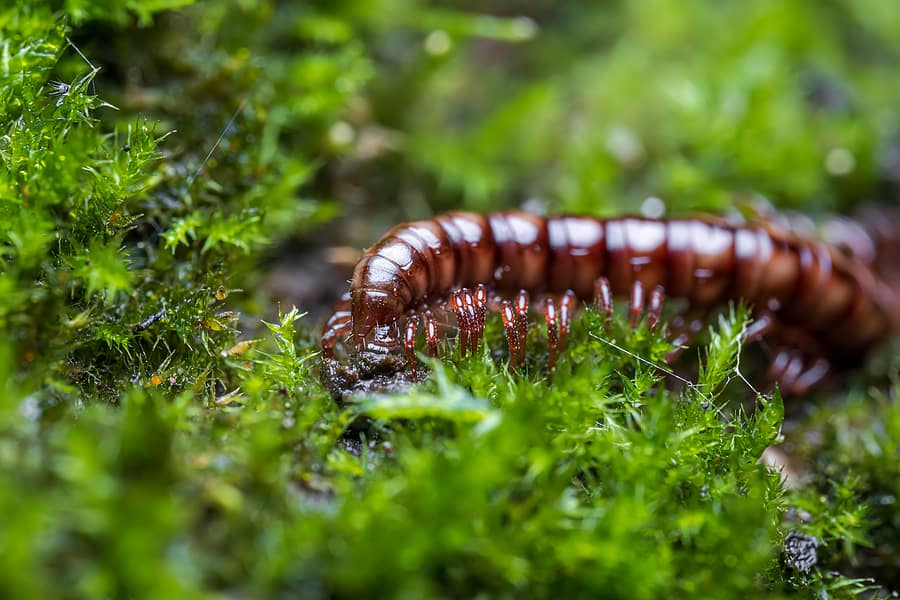
Centipedes and millipedes are two common household pests that are often mistaken for each other. How can you tell them apart? How can you tell if they’ve infested your home? Learn the difference between centipedes and millipedes, along with tips to prevent both of them from taking over your home.

Centipedes have elongated, flat, segmented bodies with 1 pair of legs per segment. They can have anywhere from 15 to 177 pairs of legs. They have long antennae on their heads, as well. They can come in a variety of colors but the most common species are either brown or reddish-orange. These pests are attracted to damp, dark areas like basements, bathrooms, and closets.
Centipedes are nocturnal and can move very fast, making them hard to spot by homeowners. In fact, the only real sign of centipedes in your home is spotting live pests.
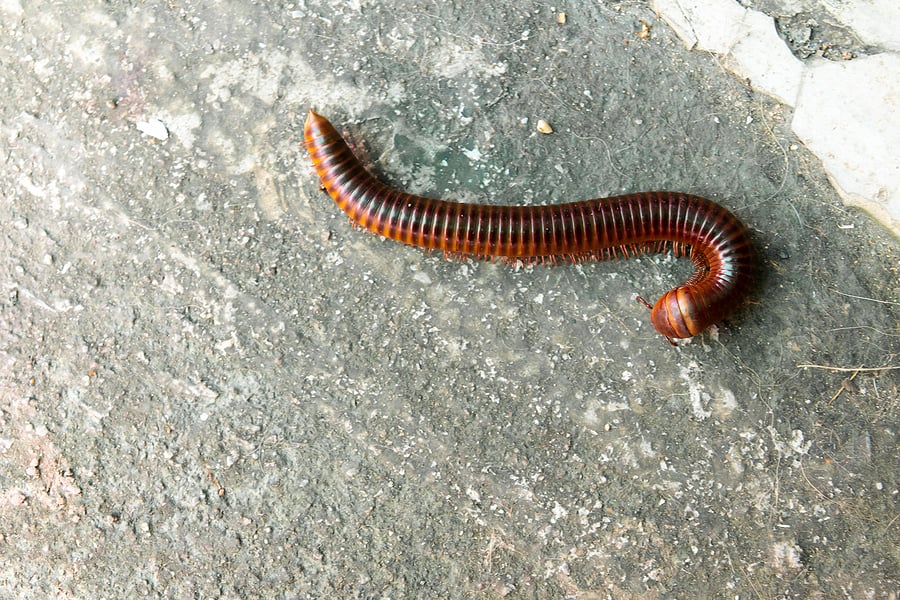
Millipedes have long, cylindrical bodies with 2 rows of legs on their bodies and 1 row of legs on the front of their bodies. They grow to about 1 to 2 inches in length. These pests will curl into a ball when touched or threatened. They prefer dark, damp spaces and are often found under wood piles, under rocks, and under trashcans. When they come indoors, they can often be found in attics, basements, sheds, and crawlspaces. These pests eat damp and decaying wood particles and plants.
Millipedes are also nocturnal so spotting them can be difficult. Signs of millipedes include seeing live pests in your home and signs of structural damage. These pests will eat damp or decaying wood so look out for damage to firewood, cardboard boxes, etc.
Although centipedes and millipedes don’t pose a significant threat to humans or homes, they can be a nuisance to have around. Routine pest control can help keep these, and other common household pests, from taking over your home. Contact your local pest control company for an inspection.
How to Identify Stinging Pests in the Southeast
How To Avoid Mosquito Bites this Summer
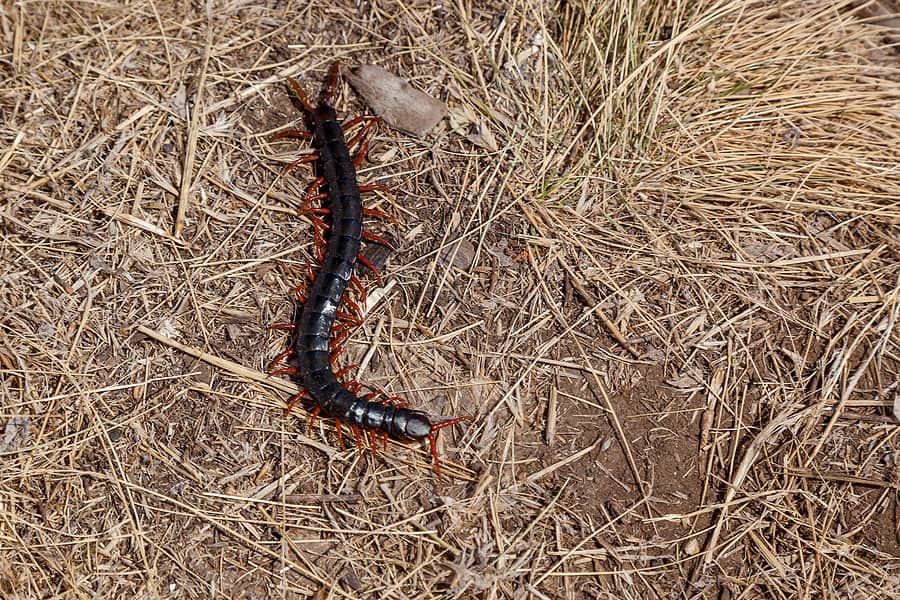
Centipedes are one of the most common household pests. Reaching lengths of 1 to 2 inches, these creepy looking critters also have 15 sets of legs. While it can be startling to find one in your home, they aren’t harmful to humans. They don’t carry disease, don’t damage homes, and don’t consume human food. They will, however, bite if they feel threatened, although this is rare.
Centipedes can be very beneficial to have around. In fact, they are considered a form of natural pest control. They feed on other pests, such as roaches, spiders, termites, and ants.
Centipedes come into our homes in search of dark, humid environments in which they thrive. They will also seek access to food sources (like other pests commonly found in your home).
Get rid of centipedes in your home by:
If you have a problem with centipedes or any other household pests, contact your local pest control company for an evaluation.
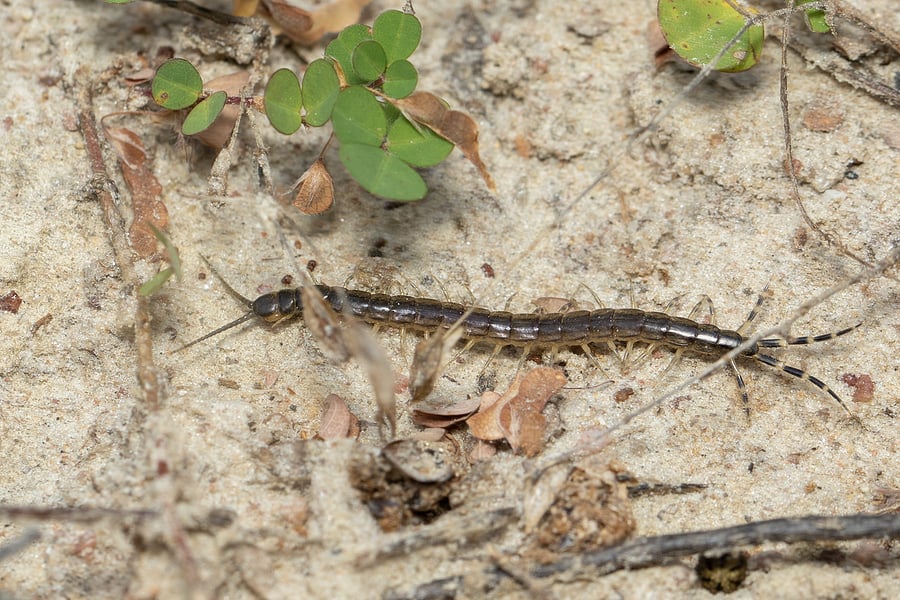
Centipedes are common pests that make their way into homes in search of food. They are yellow to dark brown in color with worm-like bodies and long antennae. They have small mouths that contain venom glands and lots of legs – in fact, they can have anywhere from 15 to 177 pairs of legs. Centipedes regrow legs each time they molt, so the older the centipede, the more legs they have.
Centipedes can be frightening in appearance, especially if you come across one unexpectedly in your home. When this happens, should you kill it? The short answer is – no. While centipedes can bite, they rarely do and aren’t considered to be a threat to humans or pets. They also don’t really do a lot to disturb your home. They don’t make nests or webs, they don’t transmit diseases, and they don’t damage your home or belongings. The best reason for not killing centipedes, though, is that they are a fantastic form of natural pest control for your home. These household pests eat roaches, flies, termites, moths, and silverfish. Instead of killing them, relocate them outside so they can help keep other pest populations under control.
Centipedes can be prevented if the things that attract them are removed. Seal any cracks, holes, and gaps in the foundation, as well as gaps around doors and windows. Repair any leaks and clean up any standing water. Keep piles of wood and leaves away from your home. Purge your house, garage, and basement. Pests can be kept under control with regular pest control services provided by your local pest control company.
Why Am I Seeing Rodents in Spring?
The Differences Between Bumblebees and Honeybees
When Are Termites Most Active?

Centipedes are arthropods that often make their way into our homes. Because they love moisture, they are often found in kitchens, basements, laundry rooms, and other humid areas of your house. These pests are easily identifiable with long antennae, yellow to dark brown body color, small mouths, worm like bodies, and many legs. While their name suggests they have 100 pairs of legs, they can actually have anywhere from 13 to 177 pairs, depending on their age and species.
Centipedes will come indoors in search of moisture, food, or to escape predators outside. Common predators of centipedes include birds, chickens, toads, snakes, frogs, mice, spiders, beetles, and even badgers.
If you find a centipede in your home, your first instinct may be to immediately get rid of it. But should you kill a centipede in your house? There are several reasons you shouldn’t, including:
Consider relocating centipedes outdoors instead.
Centipedes can be avoided by removing the factors that attract them in the first place. Seal any foundation cracks, holes, and gaps, as well as gaps around doors and windows. Fix any leaks and remove any standing water. Keep wood and leaf heaps away from your house. Clear out your home, garage, and basement. Regular pest control service will keep pests under control. If you have a problem with centipedes or any other household pests, contact your local pest control company for an assessment.
Atlanta Honeybee Relocation Services Benefits
Your Spring Pest Control Checklist
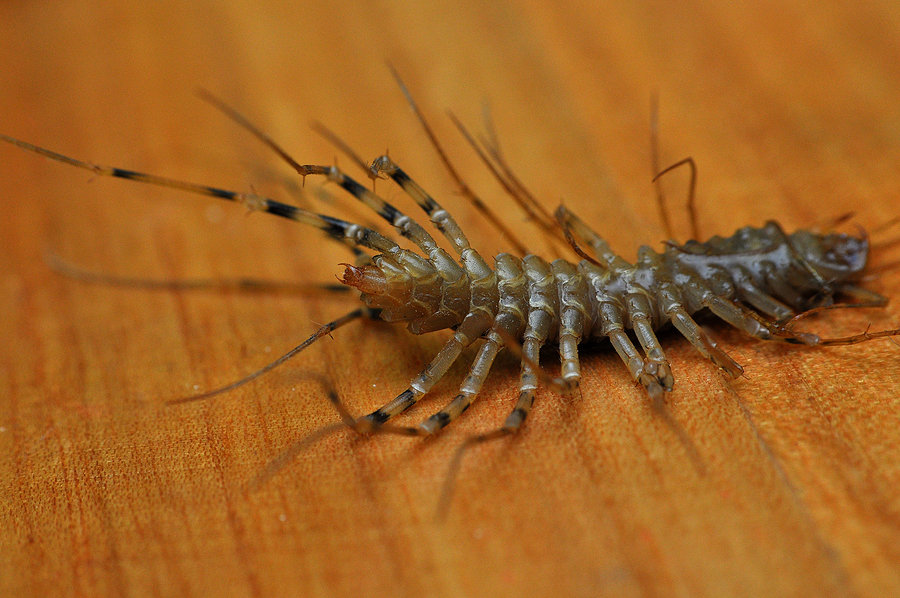
Centipedes are a type of arthropod often mistaken for their cousins, millipedes. These pests thrive in a diverse array of environments, from the driest deserts to wet, humid forests. Determining whether you have a millipede vs centipede can be tricky. Both creatures have linked segments forming their bodies. Centipedes only have 1 set of legs per body segment and these legs are situated on the sides of their bodies. Millipedes, on the other hand, have 2 sets of legs per body segment and their legs are situated underneath their bodies. Centipedes have flatter bodies while millipedes have rounded bodies. Now that you know how to spot a centipede in your home, what attracts them in the first place?
There are 3 main things that attract centipedes to your home: food, environment, and protection.
Centipedes are nocturnal predators with voracious appetites. They can often be found wandering around at night in search of their next meal. Centipedes consume mostly other insects, including beetles, spiders, roaches, crickets, earthworms, bed bugs, silverfish, moths, flies, pill bugs, and even other centipedes.
To prevent centipedes from coming into your home, keep these other pests away. Routine pest control is a good place to start in keeping their food sources limited.
Different species of centipedes prefer different environments. While many centipedes prefer to live outdoors, others will make their way indoors. Inside your home, they are attracted to cool, dark, damp places that are rarely disturbed. They are attracted to moisture and can often be found near food sources. They like to hide out in cement block walls, boxes, clutter on the floor, floor drains, on or near plants, leaky faucets, leaking hoses, and broken gutters. They can get into your home through drains, holes, cracks, gaps, and poorly sealed doors and windows.
To keep centipedes from making your home theirs, you can eliminate standing water in your yard, fix drips and leaks including faucets and hoses, clean and repair gutters, clean up loose brush and other yard debris, and keep your home cleaned and decluttered, especially in areas that are not disturbed often.
Centipedes are overwintering pests, meaning they cannot survive in cold weather. Instead, they will make their way indoors in search of a warm, heated place to survive the winter months and to reproduce. Because they are attracted to moisture and need it to survive, they will also come indoors during periods of extreme drought in the summer, as well.
Keep centipedes out of your home during any season by sealing any gaps and cracks with caulk, using rubber stoppers on drains, and installing weatherstripping around doors and windows.
If you have a problem with centipedes or any other pests, contact your local pest control company for a thorough evaluation and treatment plan.
You Brought Bed Bugs Home, Now What?
Orb Weavers: What You Need to Know
Rat vs Mouse: What’s the Difference?